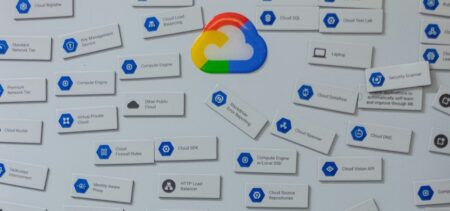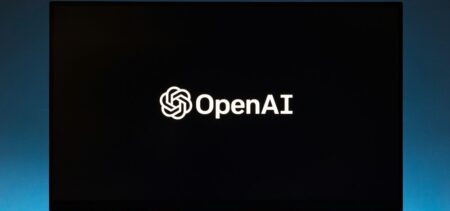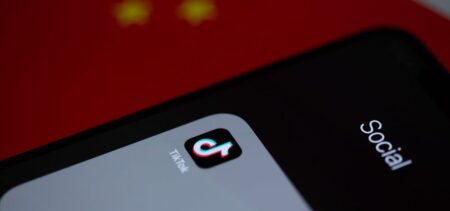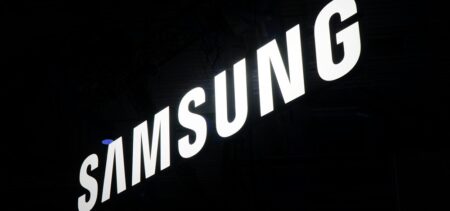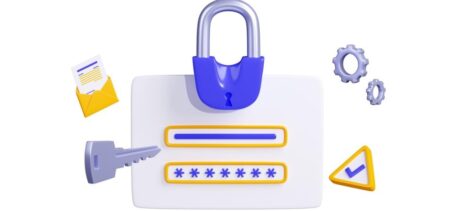My Journalism professor used to say: “If people want garbage, then garbage they shall get.” Well, clickbait is a form of the garbage he was referring to. We could probably track down the origins of these types of articles back to the 1900s, when the yellow journalism started to plague front pages with sensationalism and exaggeration. But back then at least it was the somewhat valuable information that was being exaggerated.
Most of the clickbaits today have little to no informational value. We’re being scammed by titles that promise to satisfy our curiosities – whatever they may be, and instead we get just some meaningless information that still fits the title somehow. The clickbait isn’t necessarily a complete lie, but rather a deception built on high expectations. It’s like expecting to see the Rolling Stones live, and getting Nickelback instead.
Facebook announced an improvement to the News Feed that target clickbaits. The social network passed this year the 1.7 billion user mark. The Facebook News Feed can be an important source of information for most of us, and according to recent data, people prefer to see authentic stories the most.
“We’ve heard from people that they specifically want to see fewer stories with clickbait headlines or link titles,” wrote the Facebook researchers in a blog post. “These are headlines that intentionally leave out crucial information, or mislead people, forcing people to click to find out the answer. For example: When She Looked Under Her Couch Cushions And Saw THIS… I Was SHOCKED!; He Put Garlic In His Shoes Before Going To Bed And What Happens Next Is Hard To Believe; or The Dog Barked At The Deliveryman And His Reaction Was Priceless.”
How it works
Blocking clickbaits altogether can be quite difficult, because there always seem to be ways to go around the restrictions. A previous News Feed update reduces the distribution of posts with high bounce rate. Basically if you click on a post, and then quickly come back to the News Feed, that type of post is not considered relevant, therefore it might be a clickbait headline.
Users reported that they still have plenty of clickbait titles in their feed, so the new update uses a system that identifies commonly used phrases in clickbait headlines. TheFacebook researchers explain the process: “First, we categorized tens of thousands of headlines as clickbait by considering two key points: (1) if the headline withholds information required to understand what the content of the article is; and (2) if the headline exaggerates the article to create misleading expectations for the reader. For example, the headline You’ll Never Believe Who Tripped and Fell on the Red Carpet… withholds information required to understand the article (What happened? Who Tripped?) The headline Apples Are Actually Bad For You?! misleads the reader (apples are only bad for you if you eat too many every day). A team at Facebook reviewed thousands of headlines using these criteria, validating each other’s work to identify a large set of clickbait headlines.”
The next step was to build a system that’s similar to email spam filters. After it looks at the set of clickbait headlines, the system determines what phrases are commonly used in clickbait headlines. After the targets are identified, the posts from those pages appear lower in the News Feed. A page can exit the Facebook clickbait prison only after it stops with the clickbait posts.
Immediate impacts for pages
The only significant impacts will be for the pages that rely on clickbait content. Their distribution in the News Feed should decrease as a result of this update.
Facebook’s quest to make the News Feed a more relevant place for the individual is an encouraging effort. In the end we can only hope that in the Facebook vs. clickbait fight, the blue corner will emerge victorious.





